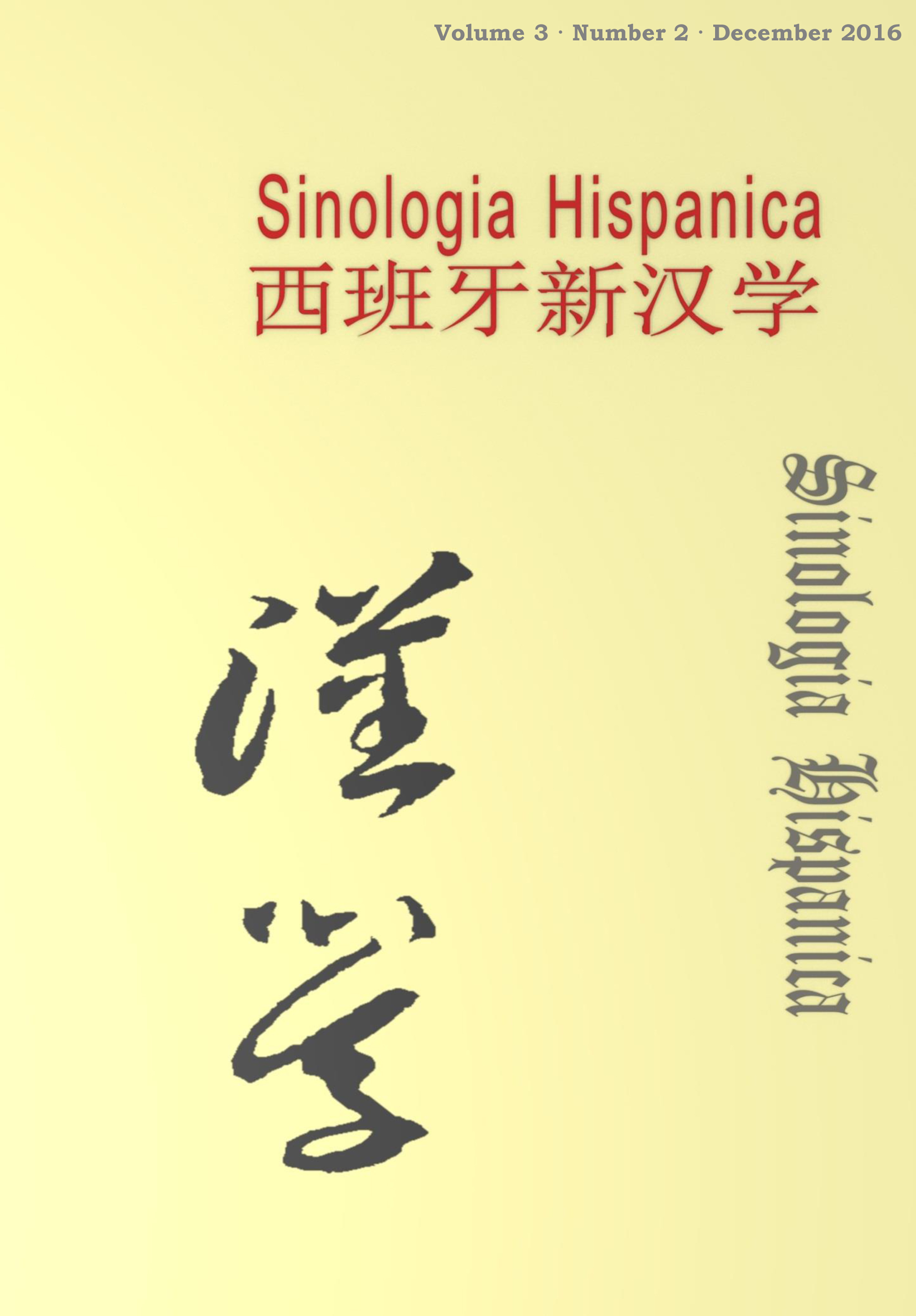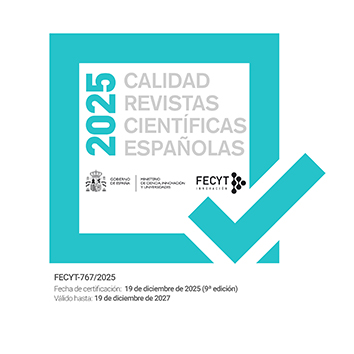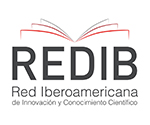A Pragma-Dialectical Approach to Trade Friction Discourse: A Case Study of a Public Letter in Sino-US Trade Friction on Tire Special Safeguard
DOI:
https://doi.org/10.18002/sin.v3i2.5258Palabras clave:
trade friction discourse, Pragma-Dialectics, argumentative discourse, strategic maneuvering.Resumen
Based on the analytical framework of
Strategic Maneuvering, this paper analyzes and
evaluates the public letter from China Chamber
of Commerce of Metals, Minerals & Chemicals
Importers & Exporters (CCCMC) and China Rubber
Industry Association (CRIA) to Obama and
United States Trade Representative (USTR) on
July 27th, 2009 to reveal the discursive
strategies and their corresponding linguistic
realizations manipulated in tire special safeguard
case. The research results show that, strategic
maneuvering in CCCMC & CRIA’s public letters
is integratedly realized through choice of topical
potential, catering for audience demands and
choice of presentational devices, which is
supported by such argumentative strategies as
presupposition, contrast, appeal to audience's
values, appeal to authority, vagueness,
repetition, statistics, appeal to opponent ’ s
concession, and the like. CCCMC & CRIA’s public
letter has its shortcomings in clarification of
difference of opinion in the confrontation stage,
in choice of starting in the opening stage, in
choice of topics in the argumentation stage and
in manipulation of such specific argumentativerhetoric
strategies as ‘contrast’ and ‘statistics’.
In view of China’s merits and deficiency, China
should: (1) clarify the confrontation, opening,
argumentation and concluding stages of the
argumentative discourse and flexibly set the
dialectic and rhetoric aims of these four stages
according to the context; (2) strategically
maneuver among topical potential, audience
demand and presentational devices, in line with
the established dialectic and rhetoric aims in
different argumentative stages; (3) recognize
the institutional context of trade friction
discourse and the importance of language
expression, and cultivate an assertive image.
Descargas
Métricas alternativas
Descargas
Publicado
Cómo citar
Número
Sección
Licencia
Derechos de autor 2017 Wu Peng, Zhao Rui

Esta obra está bajo una licencia internacional Creative Commons Atribución-NoComercial-CompartirIgual 4.0.
Sinologia Hispanica. China Studies Review considers all manuscripts on the strict condition that
- The authors grant on a nonexclusive basis the exploitation rights (reproduction, distribution, public communication and transformation) of the work accepted for publication to the University of León. The authors can establish, on their own, additional agreements for the non-exclusive distribution of the version of the work published in the journal (for example, placing it in an institutional repository or publishing it in a book), always acknowledging the initial publication in this journal.
- The manuscript is your own original work, and does not duplicate any other previously published work, including your own previously published work.
- The manuscript is not currently under consideration or peer review or accepted for publication or in press or published elsewhere.
- The manuscript contains nothing that is abusive, defamatory, libellous, obscene, fraudulent, or illegal.
- Please note that Sinologia Hispanica uses Turnitin software to screen manuscripts for unoriginal material. By submitting your manuscript to Sinologia Hispanica you are agreeing to any necessary originality checks your manuscript may have to undergo during the peer-review and production processes. Any author who fails to adhere to the above conditions will be rejected.
- Authors are allowed and encouraged to electronically disseminate the pre-print versions (version before being evaluated) and / or post-print (version evaluated and accepted for publication) of their works before publication, since it favors their circulation and earlier dissemination and with it a possible increase in its citation and scope among the academic community.
Sinologia Hispanica is under Creative Commons Attribution-NonCommercial-ShareAlike 4.0 International License. You can read more about this license in versión informativa and texto legal.










